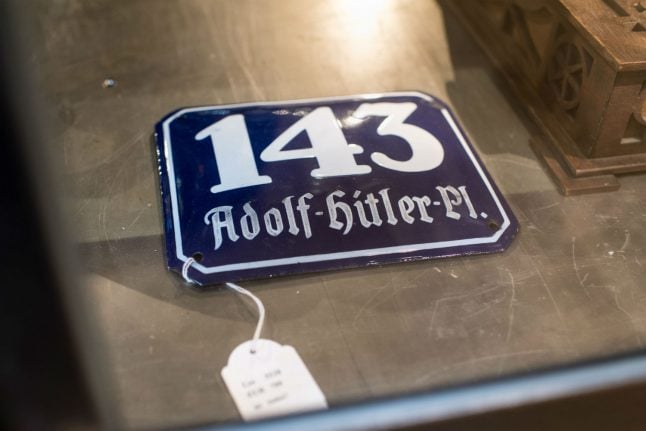As Carmen Kuster thinks back to her childhood in the village of Gallizien, close to the Slovenian border in the foothills of the Alps, one image stands out above all: an engraving “hanging in all schools and colleges” representing the plebiscite through which the region had to decide which country it would belong to.
In it, a family in traditional costume casts its vote into a ballot box emblazoned with Carinthia's coat of arms.
The end of the war brought about the collapse of the multi-ethnic Austro-Hungarian Empire, which had up until then held together large parts of central Europe and the Balkans under the banner of its Habsburg rulers.
The Empire's constituent nations began to form states — but the question of drawing borders between them was anything but straightforward.
“It had to be decided whether the region where I was born was to carry on being part of Austria or whether it would join the new Kingdom of Serbs, Croats and Slovenes,” says 42-year-old Kuster, using the name for the predecessor state to Yugoslavia.
In southern Carinthia, with its mix of German and Slovene speakers, the border question was hotly debated.
“My great-grandfather was a supporter of staying within Austria, he was active in that movement,” Kuster says.
'Nationalist' distortion
The Treaty of Saint-Germain between the victorious Allies and Austria provided for a referendum to settle southern Carinthia's status, which duly took place on 10 October 1920.
Fifty-nine percent of voters chose to remain within Austria.
“October 10 is a holiday in Carinthia. It's a big celebration,” she says.
“The night before there are fires lit on the mountains to mark it.”
Now living in Vienna but still very much attached to her native region, Kuster complains that the holiday has now been distorted “in a very nationalist way by the right”.
The numbers of people identifying as Slovenian in Carinthia have fallen from tens of thousands at the time of the vote to just a few thousand today.
The minority enjoys rights guaranteed by the constitution and 164 districts in the region use bilingual road signs.



 Please whitelist us to continue reading.
Please whitelist us to continue reading.